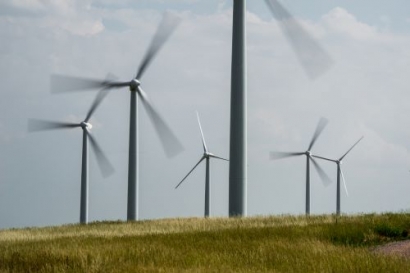
The database was developed in collaboration with the Graham Sustainability Institute at the University of Michigan.
According to the U.S. Energy Information Agency, renewable energy resources are available across much of Michigan and generate about 8% of the state's electricity.
Over half of Michigan’s more than 1,800 municipalities have considered renewable energy in their zoning ordinances.
“Wind and solar continue to grow as generation sources in Michigan and that demand will only increase in the coming years as utilities move away from fossil fuels,” said Department Director Liesl Clark.
“This comprehensive database is a wonderful tool to help communities around the state. Community engagement is a critical component of economic development including the expansion of the tax base through energy projects,” she said.
The database is an in-depth resource guide for municipalities developing ordinances or for developers looking to site wind, solar, or other alternative energy projects.
At-a-glance maps updated in real time will help users to quickly determine which municipalities are primed for renewable energy development with existing ordinances.
“Communities have wanted to see real world examples of how other Michigan communities are handling renewable zoning, but in the past it was like trying to find a needle in a haystack,” said Sarah Mills, senior project manager at the University of Michigan.
“Through our grant from [the department], we were able to compile the Michigan Zoning Database, a first in the nation, that is specifically related to energy zoning,” she added.

